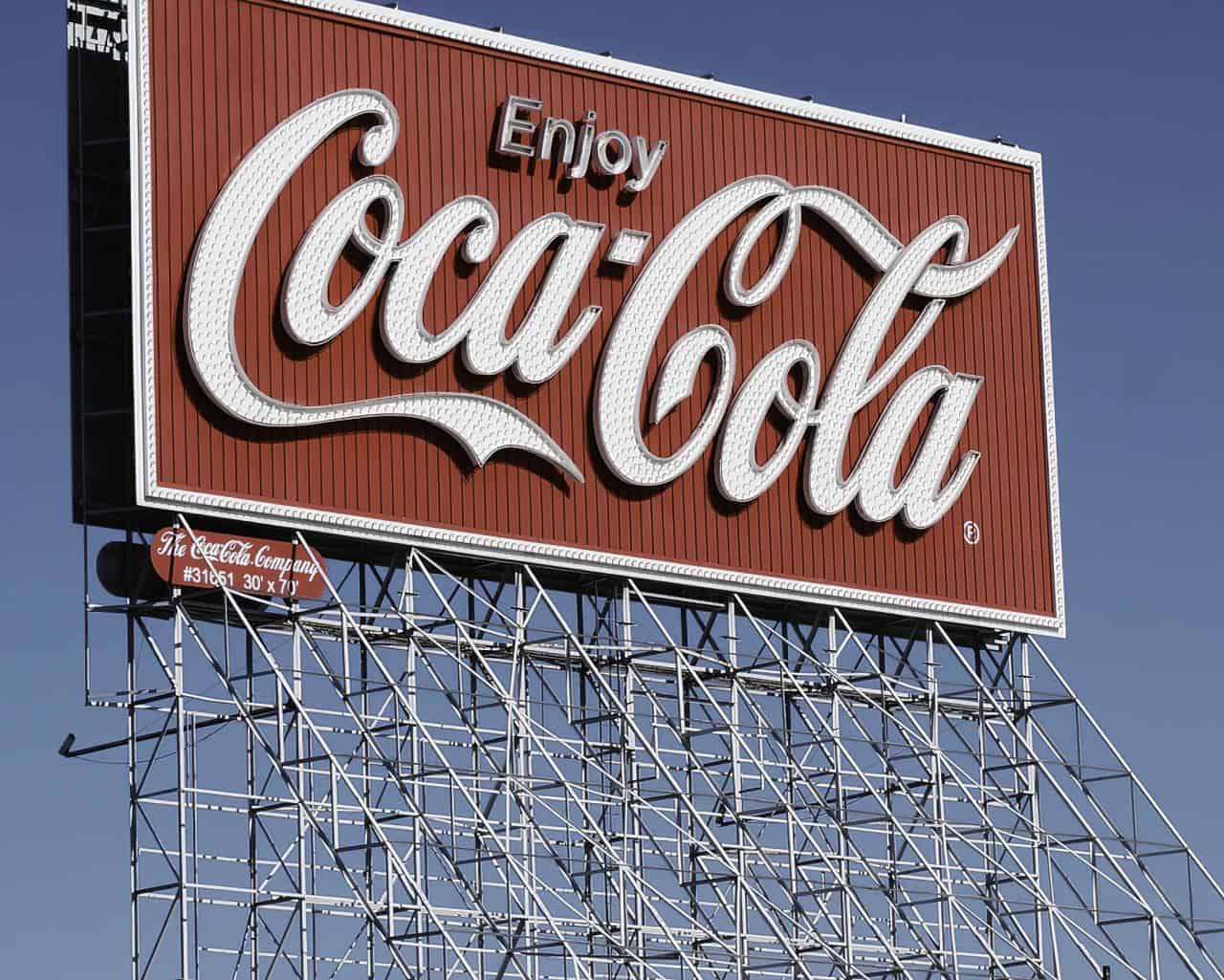Effective marketing can make your company soar, but big marketing fails can be costly. The marketing blunders below cost their company big, but there are lessons that marketers can learn from them. And if you want to enhance your marketing effectiveness, consider using a proven survey tool.
New Coke
The saying in Silicon Valley is ‘innovate or die.’ That’s usually effective in technology. But soda?
Coke decided in 1985 to change their decades-old soda formula. They named the product New Coke, and it became one of the most famous marketing fails ever.
It turned out that most Coke drinkers hated the new product. But most drinkers didn’t mind the flavor; survey groups gave the product high marks for taste. Some said it even tasted better than original Coke!
But here’s what Coke forgot: Consumers don’t always prefer products for the reasons marketers believe. People wanted to drink the original Coke because it’s what they drank when they were kids. Or they wanted to drink the same product that Mean Joe Green drank in the famous 1980 commercial.
The revolt against New Coke was so severe that thousands of people per day called the headquarters in Atlanta to complain!
Coke went back to its original formula, calling it Coke Classic.
Gap
The Gap logo from 1986-2016 was an icon. Those elongated, serif characters defined the company in the 1990s. But it still had a feel of tradition that seemed practically timeless.
But for a week in 2010, Gap tried a new sans-serif logo that went from the regular blue background to a white background with a blue square hovering over part of the ‘p.’
The backlash was epic! The company backtracked in a few days. In the world of marketing, that type of sudden reversal is almost unheard of.
Gap DID update its logo for good in 2016. But that time, they got smart and mirrored the original Gap brand.
This blunder highlights how critical it is to choose a good design, select amazing designers, and do much user research before choosing a logo.
Fortunately, Gap had a brand that could handle the mistake, but many digital marketers are introducing people to their brand for the first time. If it makes a poor first impression, consumers will ignore you.
Dove
Dove scored a winner with its ‘Real Beauty’ marketing campaign, which featured real-life women in a positive, empowering light. That campaign ran for an impressive 15 years, as the company wanted to encourage a positive body image for women.
But then Dove screwed up. In the UK, it issued a limited set of packaging to show the diversity of the female form. But the packaging was comparing a woman’s figure to a shapeless bottle of soap. The package delivered the wrong message.
The limited-edition release was mocked on Facebook and Twitter. And Dove only issued seven shapes, so women were supposed to choose a bottle that matched their appearance.
Instead of delivering an empowering message, it made women self-conscious.
Burger King
Burger King created a marketing campaign for smartphones that WAS a good idea: The device was activated to read burger ingredients listed on Wikipedia. This was a great marketing concept, but hackers decided to break into the company’s Wikipedia page and put cyanide in the list of ingredients!
Because of this hack, the campaign derailed, and an exciting marketing channel was stopped. This was a marketing fail that could have worked great, which is too bad.
There certainly have been some colossal marketing failures over time. But when we view what hasn’t worked in the past, it tells us more about what we can do to make our marketing efforts work in the future.
